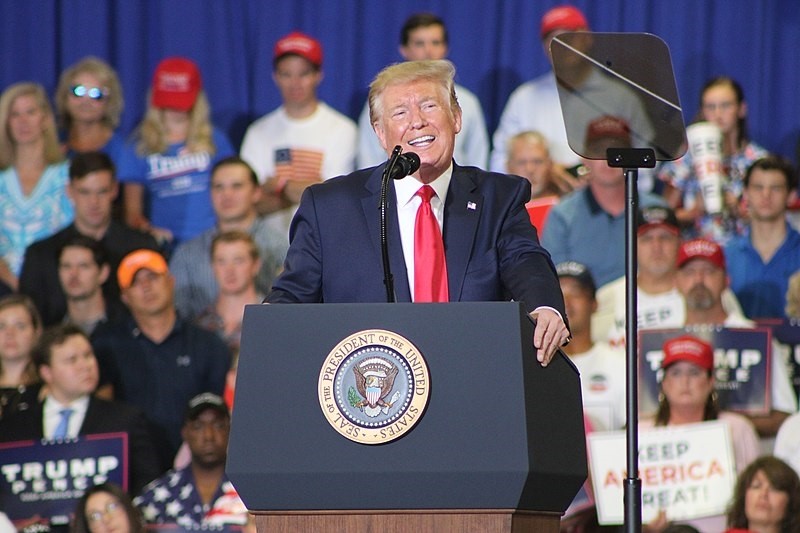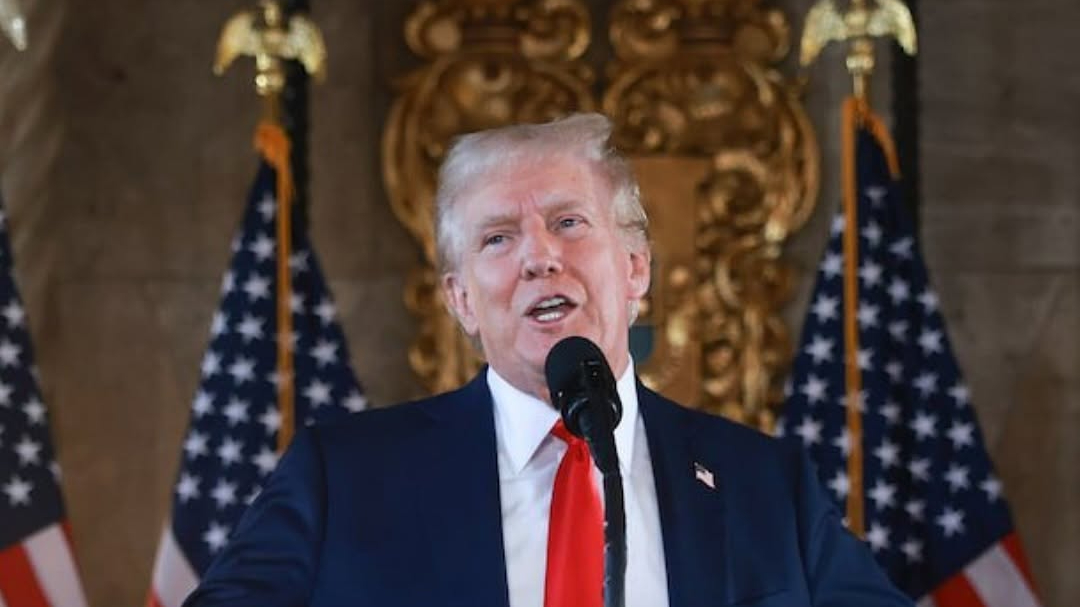Trump’s Tariff Trap: Why He’s Still Bullying China
Even as President Trump paused tariffs on nearly every major U.S. trading partner, China remains the sole exception. The 90-day reprieve that sparked global market rallies did not extend to Beijing. In fact, Trump doubled down—raising tariffs on Chinese imports to a punishing 125%.
So why is China still in the crosshairs?
This isn’t just about trade imbalances—it’s personal, political, and deeply strategic.
Why Has Trump Not Paused Tariffs for China?
For Trump, the U.S.-China relationship is the crown jewel in his “America First” agenda. His administration claims China has long taken advantage of the U.S. through intellectual property theft, state-backed subsidies, and currency manipulation.
Pausing tariffs now, in Trump’s view, would be a show of weakness. White House insiders argue that China hasn’t budged on key demands, and that any softening of pressure would only embolden Beijing.
In short, Trump sees China as the one nation that must be broken, not bargained with.
Related: Sigh of Relief: Trump Hits Pause on Trade War
What Does This Mean for the Global Economy?
By isolating China from the recent tariff truce, Trump is sending a clear message: the trade war is still alive—and it's more targeted than ever.
-
Global supply chains remain disrupted, especially in tech and manufacturing.
-
Investors are skittish about long-term deals involving Chinese goods.
-
Multinational companies are being forced to rethink production and sourcing strategies, with some shifting operations out of China entirely.
The message? This isn’t just a pause. It’s a recalibration—and China is still in the line of fire.

How Has China Reacted?
Unsurprisingly, China has responded with a mix of defiance and caution.
-
Beijing has slammed the new tariffs as "economic coercion."
-
Chinese state media has accused the U.S. of trying to “suppress China’s rise” through brute force rather than diplomacy.
-
However, in a subtle shift, China has not yet announced immediate retaliatory tariffs, signaling a possible openness to negotiation—or a strategic delay to gauge U.S. resolve.
At home, Chinese officials are ramping up efforts to stimulate domestic demand and bolster local tech as they prepare for what could be a prolonged economic standoff.
Related: Trump's Tariff Tsunami: Asia Crashes, Europe Reels, Markets Panic
Related: Is Trump Crashing the Market on Purpose or Clawing His Way Out?
Conclusion
While the rest of the world gets a temporary breather, China is still locked in battle with Trump’s tariffs. This isn’t about fairness anymore it’s about dominance.
Trump wants a legacy-defining win, and he believes it will come by bringing China to heel. But with global markets on edge and supply chains fraying, the cost of this economic war continues to climb.









